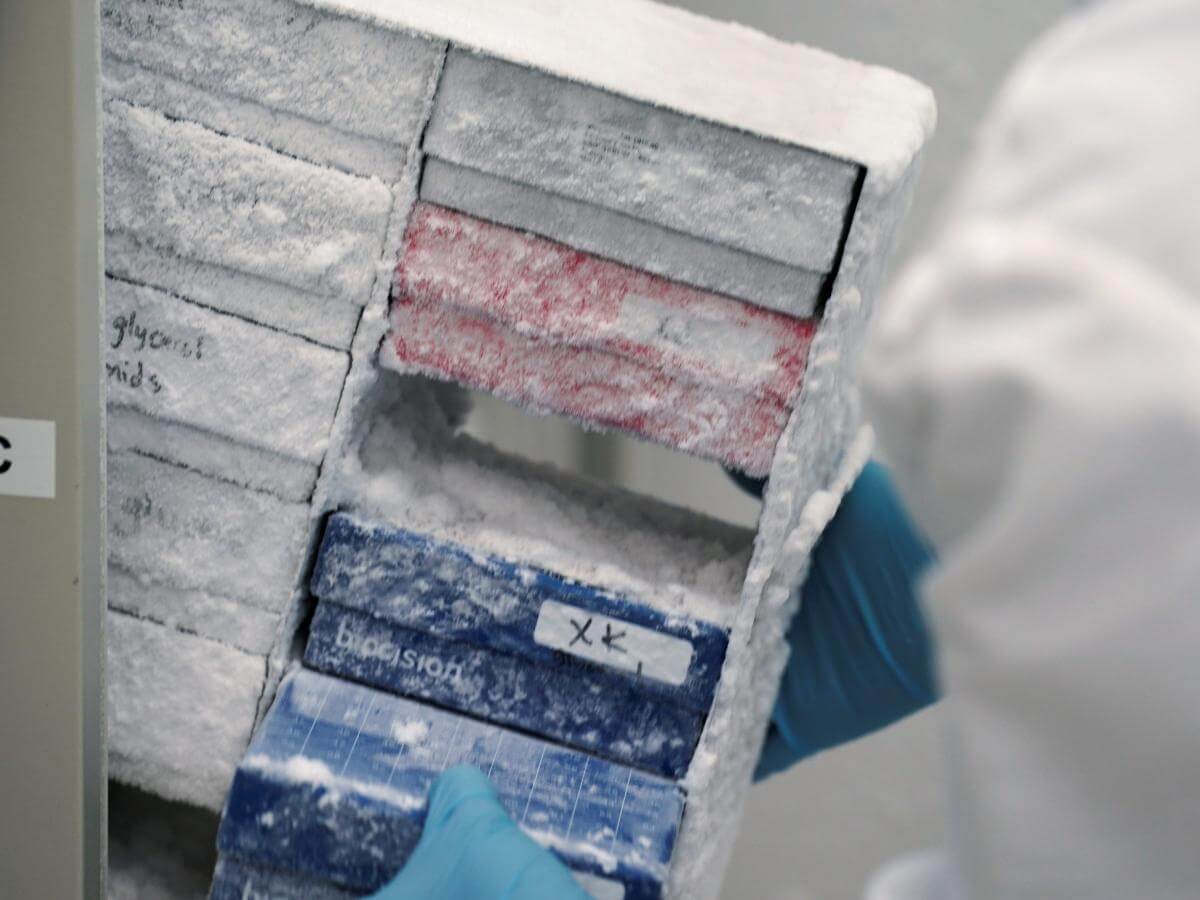One of the logistical problems that few people think about is distribution. In other words, how do we get a vaccine from a factory into the arms of billions of people? Obviously, this involves airplanes and trucks, but that’s not all. Some products require what is known as the “cold chain” — a series of refrigerators that allows products to be shipped over long distances without going bad. This is how perishable food is shipped. Vaccines also almost always require a cold chain.
The trouble with Pfizer’s vaccine is that it requires a really cold chain, as in -94° F (-70° C). To put this into perspective, a typical deep freezer in which you store food might run at about 0° F (-18° C). Thus, the vaccine requires a temperature so cold that the only places that typically have such deep freezers are research laboratories. Not even hospitals are likely to have something that cold. Walgreens, Rite Aid, and CVS certainly don’t have them.
Why Pfizer’s vaccine requires a deep, deep freeze
As we wrote previously, Pfizer’s vaccine is based on an information-containing molecule called RNA. This molecule can be thought of as a “photocopy” of the information stored in DNA. Unlike DNA, however, RNA is very unstable. In other words, it doesn’t take much for RNA to disintegrate. Storing it at -94° F prevents this breakdown, but it creates the logistical difficulty of transporting the vaccine.
Thankfully, Pfizer has been anticipating this. According to NBC News, Pfizer has created special containers that will maintain the proper temperature when filled with dry ice. (Dry ice is that really cold stuff — solid carbon dioxide — you find at parties that produces “fog” when water is added.
There’s a potential consequence to this.
As Reuters explains, the extreme cold chain requirement will make it difficult to get the vaccine into rural areas in America, let alone impoverished regions around the world, such as in Africa or Southeast Asia. The hunt for multiple effective vaccines will go on.
Dr. Alex Berezow is a PhD microbiologist, science writer, and public speaker who specializes in the debunking of junk science for the American Council on Science and Health. Find Alex on Twitter @AlexBerezow
A version of this article was originally posted at the American Council on Science and Health website and has been reposted here with permission. The American Council on Science and Health can be found on Twitter @ACSHorg


